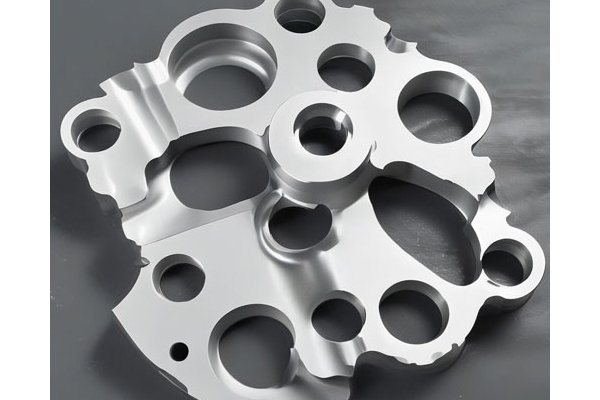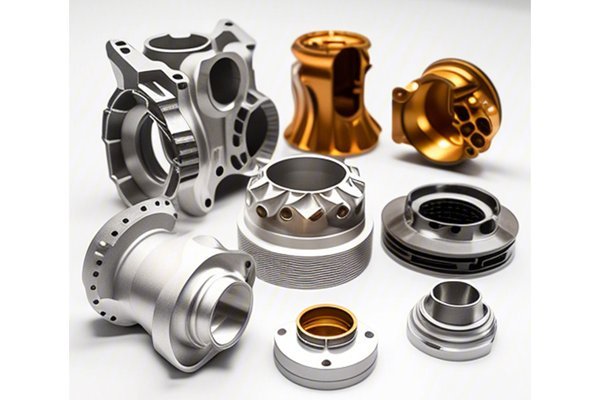Opening
Did you know that the global composites market is projected to reach $133 billion by 2025? As industries ranging from automotive to aerospace increasingly turn to high-strength composite materials for their lightweight and durable properties, the role of Computer Numerical Control (CNC) processing becomes more significant than ever. What exactly is CNC processing, and how does it enhance the production and development of these advanced materials? This blog dives deep into understanding the pivotal role CNC processing plays in the compositional landscape, offering insights, solutions, and a glimpse into emerging technologies.
The Rise of Composite Materials
Composite materials, which generally consist of two or more constituent materials with significantly different physical or chemical properties, provide unique advantages that traditional materials cannot offer. For instance, they combine the lightweight characteristics of polymers with the structural strength of fibers, resulting in high-performance materials that excel in various applications. Developed with precision and innovation, these composites have found their way into various industries, including aerospace, automotive, and sports equipment, promising enhanced performance and efficiency.
What is CNC Processing?
CNC processing is a manufacturing technique that utilizes computer software to control machine tools. From milling and turning to grinding and laser cutting, CNC technology automates traditional machining methods, thereby improving precision, repeatability, and efficiency. This is achieved by instructing the machine tools with a predefined sequence of operations, leveraging the power of advanced algorithms and precise engineering.
The Benefits of CNC Processing in Composite Manufacturing
The Process of CNC Machining in Composite Materials
The CNC machining process applied in the development of high-strength composite materials involves several stages:
Using Computer-Aided Design (CAD) software, engineers create intricate blueprints of the components to be machined. During this stage, considerations around the physical properties of the chosen composite, as well as its intended applications, dictate design choices.
Choosing the right type of tooling is essential for the effective machining of composite materials. Common methods include diamond-coated tools, carbide inserts, and specialized drill bits. Selecting improper tooling can lead to poor finish quality, delamination, or even tool failure.
Before machining begins, operators need to set up the CNC machine carefully. This includes calibrating machine parameters such as feed rates, rotation speeds, and cutting depths. A well-calibrated CNC machine minimizes errors and optimizes the machining conditions tailored to the specific composite materials being used.

During the actual machining process, the CNC machine operates based on the programmed instructions to remove material strategically. Popular techniques include:
After the machining process, quality control measures are taken to assess the accuracy and surface finish of the components. Techniques such as ultrasonic testing and visual inspections guarantee that the parts meet specific industry standards.
For many applications, machined components need to be integrated with other systems or materials. CNC processing facilitates compatibility and dimensional stability during this phase, ensuring that high-strength composites perform optimally in their end-use environments.
Challenges in CNC Processing of Composite Materials
While the advantages of CNC processing are apparent, challenges do exist, particularly when dealing with high-strength composites:
The intersection of CNC processing and high-strength composite material development is a fascinating realm that illustrates the capability of modern manufacturing technology. As industries continue to seek lightweight and durable alternatives to conventional materials, the reliance on precision machining becomes imperative. This blog highlighted how CNC processing not only enhances the fabrication of composite materials but also addresses core challenges through innovative solutions.
The future of CNC machining and composite materials is promising. With ongoing advancements in automation, materials science, and production techniques, manufacturers can look forward to a landscape filled with opportunities for creating even more remarkable products. As we push the boundaries of what’s possible in engineering, it’s essential to continue exploring the synergistic roles of technology and creativity in transforming ideas into reality.
In today’s competitive manufacturing environment, understanding and embracing CNC processing is not just important; it is essential for those looking to lead in innovation. By leveraging the promising capabilities of CNC technology, manufacturers can unlock new potentials in high-strength composites that set the stage for future advancements across a multitude of industries. Let this be a call to action for engineers, manufacturers, and industry leaders: invest in CNC technology today for a resilient and technologically sound tomorrow.






